There are plenty of "Best of 2008" lists out there, but ours exclusively features your work!
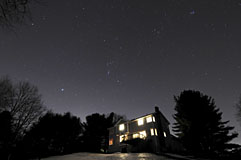
Credit: Dennis di Cicco
It's easy to become jaded to the impact of all those "best photos of 2008" lists coming out. Sure, it's pretty cool to see the geysers on Enceladus, or landslides in progress on the polar plateaus of Mars, but I've come to expect greatness out of the spacecrafts we have currently exploring the solar system around us. The same goes for the constant stream of pictures produced by the Hubble, Chandra, and Spitzer space telescopes, as well as a host of other professional observatories, both high in Earth’s orbit or seated upon lofty mountaintops under the best skies in the world.
Often unsung are the great strides that amateur astronomers make each year as they diligently photograph the heavens above. Far less attention is brought to the lonely practitioner of amateur astrophotography, who may spend weeks recording photons from distant galaxies, or scout for days to find the perfect foreground to compose an upcoming conjunction portrait. While a number of today’s astro-imagers operate their observatories from afar via the wonders of modern technology, producing a picture that rises above the rest requires talent above all, and that cannot be bought.
So while there have been thousands of excellent images submitted to our Gallery throughout 2008, I’ve chosen 10 that evoke a sense of wonder and mystery that I feel is the true calling of an amateur astronomer. I hope you agree.
The most picturesque conjunction of the year occurred on the evenings of December 1–2 , with the Moon joining Venus and Jupiter to form the “Smiley Conjunction.”
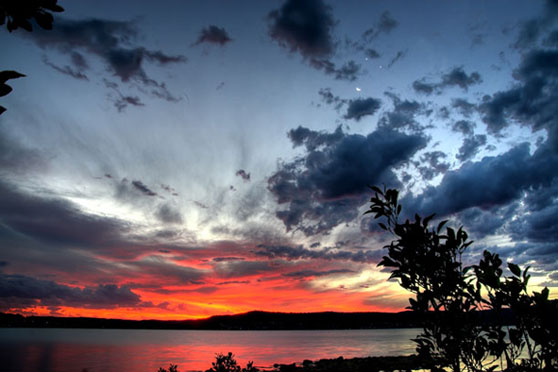
August 1st treated eclipse chasers and much of central Asia to a wonderful total solar eclipse, allowing pioneering eclipse photographer Miloslav Drukmüller and friends to collaborate on what is possibly the deepest, most revealing eclipse photograph recorded from Earth.
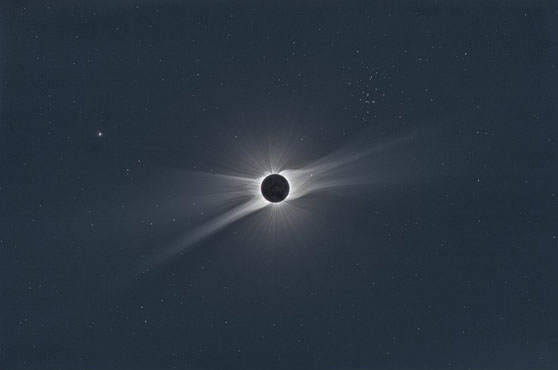
On July 9th, Jupiter was closest to Earth for the year. This opposition favored observers located south of the equator, and planetary observer Mike Salway was ready to capture the event, while the giant sported three red spots — the two new ones were both discovered amateur astronomers.
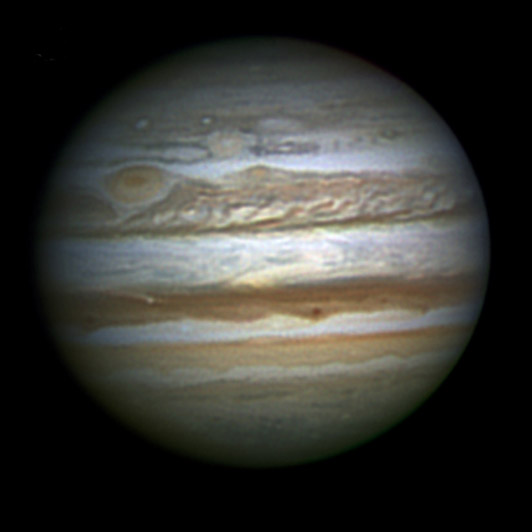
During early March, comet 17P/Holmes which went into a surprising outburst late in the previous year made a close pass by the famous California Nebula NGC 1499. The Comet had by this time swelled to many times the diameter of the Moon as seen from Earth.
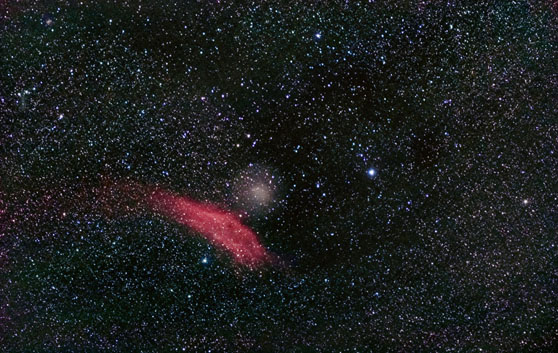
Early this year, Saturn presented us with the last view of its glorious ring system as seen from below the planet’s equator. Today and throughout 2009, the rings will be seen nearly edge on.
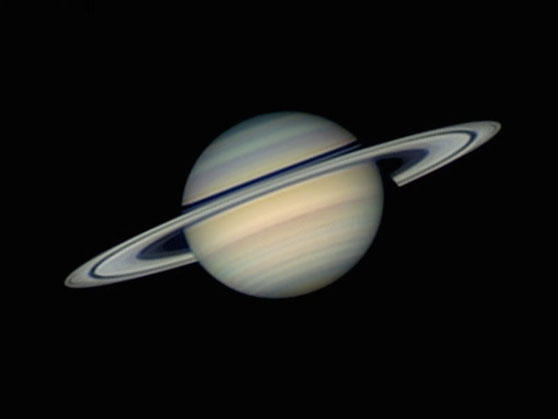
2008 began as Mars had just passed opposition, still presenting Earth-based observers with a wealth of detail in most any telescope. Although not as close as the opposition of 2003, amateur planetary photography techniques have advanced so much since that time that better images were produced during this apparition than any previous.
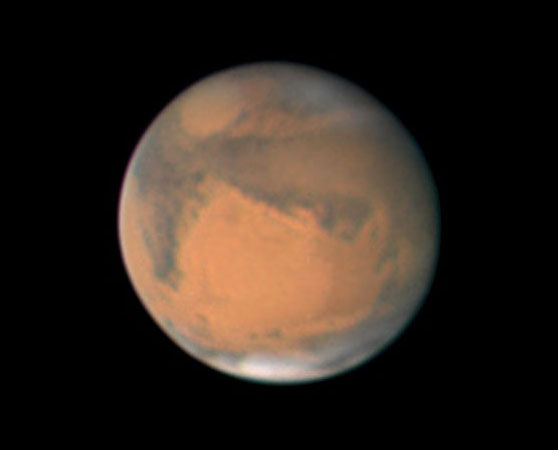
Beyond our solar system, amateurs continue to reveal the splendors of the Milky Way, such as this remarkable portrait of the famous Cone Nebula, NGC 2264, in Monoceros.
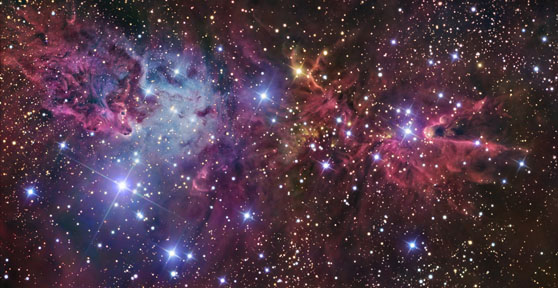
Using special filters that pass only narrow regions of the visible spectrum, astrophotos such as this one of NGC 281 in Cassiopeia are shown to be composed of various elements fluorescing by the powerful output of nearby massive stars.
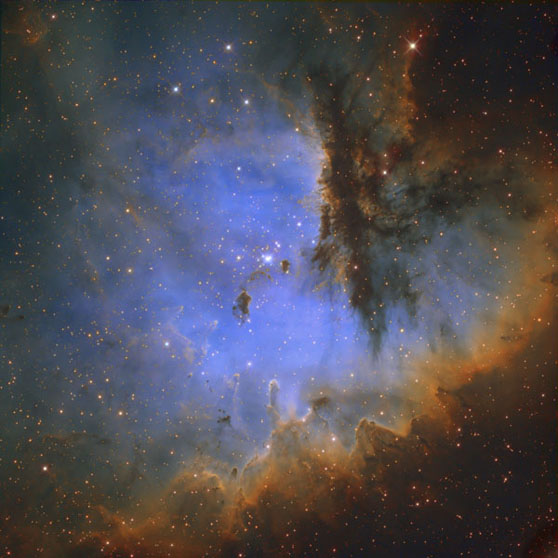
Possibly the most famous amateur astrophotographer, Rob Gendler is so well renown for his processing skills that professional observatories give him their data to produce stunning renditions of distant galaxies, nebulae, and star clusters. Below is one such image of NGC 1232 that showcases his deft talents.
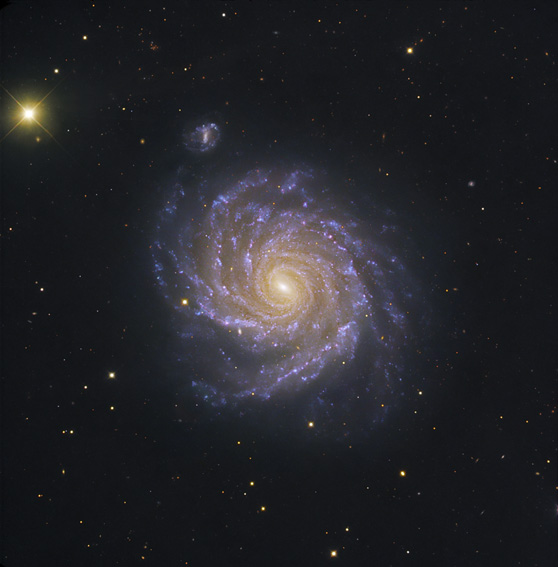
Visible only from south of the equator, the Large Magellanic Cloud hosts one of the largest starbirth regions visible without optical aid. The Tarantula Nebula (also known as 30 Doradus) allows the true extent of nebulosity to be revealed when imaged through narrowband filters.
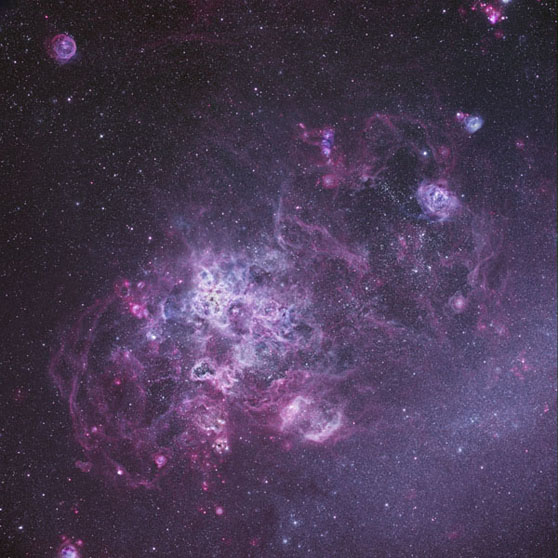
 0
0
Comments
You must be logged in to post a comment.